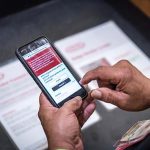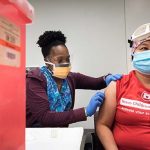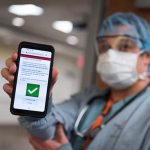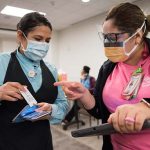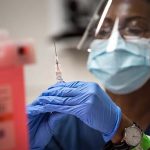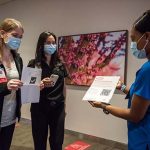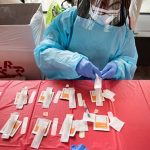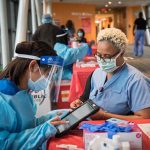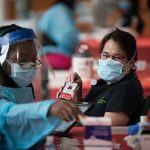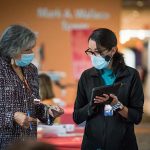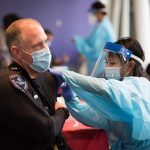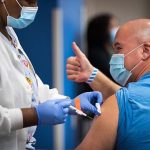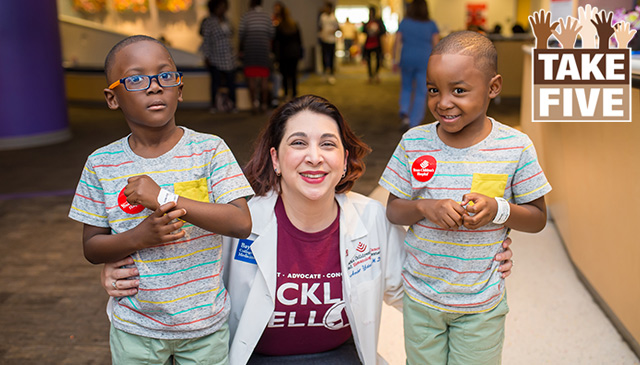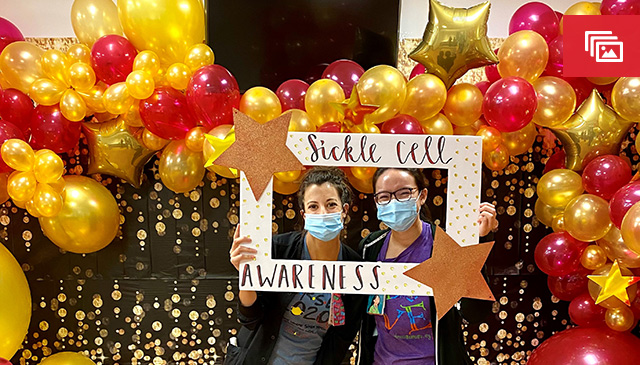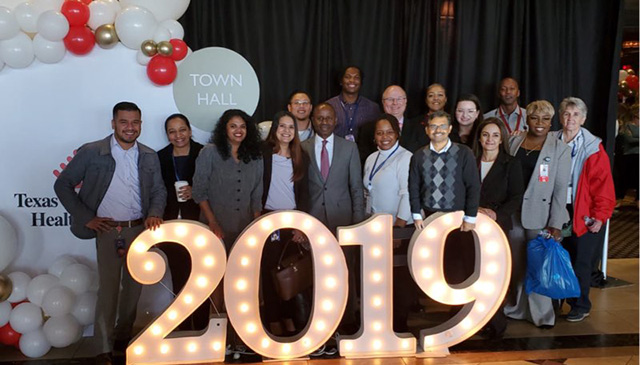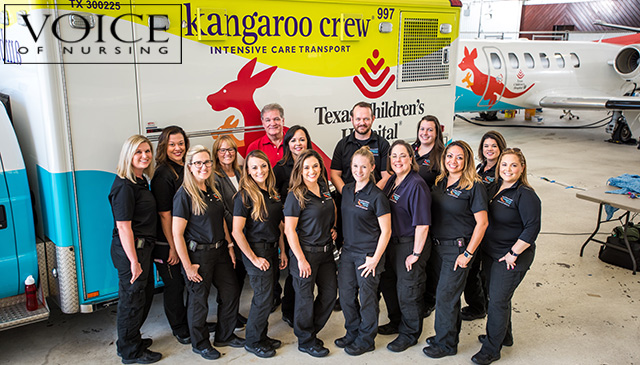Texas Children’s is celebrating our multicultural team and the rich fabric of our culture throughout October as part of Global Diversity Awareness Month, the annual observance that reminds us all of the positive impact that diverse workforces make on our society. (Click on the graphic above for a full view.)
Equity and inclusiveness have been embedded in Texas Children’s foundation since the hospital first opened its doors, and President and CEO Mark A. Wallace has often reaffirmed during his decades of tenure that we believe our diversity is one of the organization’s greatest strengths.
As the nation faced widespread unrest this year in the ongoing struggle for racial justice, Wallace again called on Texas Children’s team members to lead tirelessly in addressing these issues and working to achieve meaningful change – starting within our own organization and workplace, then rippling through our communities to create a tidal wave of action.
In keeping with this commitment, our Human Resources team will be inviting employees across the organization this month to share their thoughts and experiences around diversity and inclusion at Texas Children’s. Each opportunity will be designed to provide a platform for you to tell your own unique story, while also expanding your awareness, respect and appreciation for your colleagues’ varied experiences and perspectives.
Look for additional information about our ongoing diversity and inclusion efforts in your Texas Children’s e-mail and on Connect over the next few weeks, and make plans now to raise your voice in an upcoming survey about how we can continue to cultivate an even more diverse and inclusive culture.
Did You Know?
Together, Texas Children’s One Amazing Team is a very diverse group. In fact, fully 66 percent of our employees represent ethnically diverse backgrounds – a more diverse workforce overall when compared to health care organizations nationally. When compared to the local population, our workforce most closely reflects the diversity of the greater Houston area. That’s a significant benchmark to set in one of the largest and most racially and culturally diverse cities in the country.





